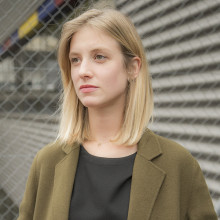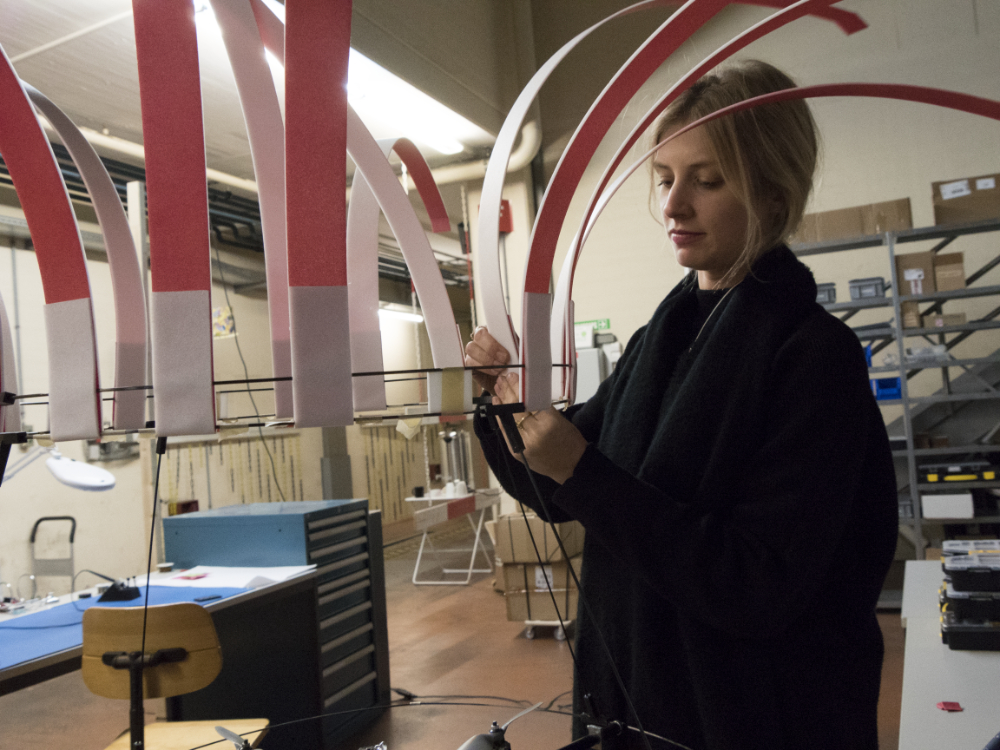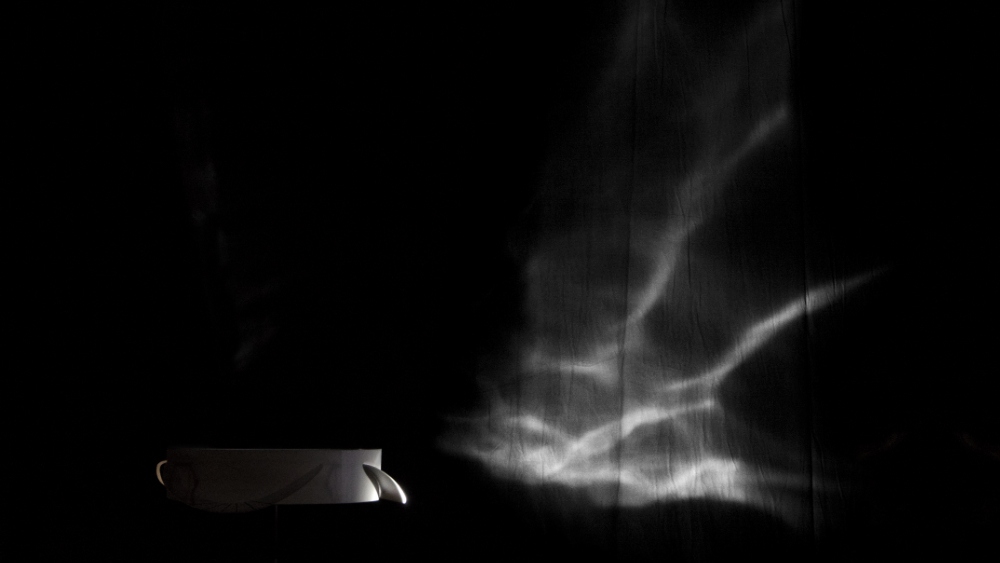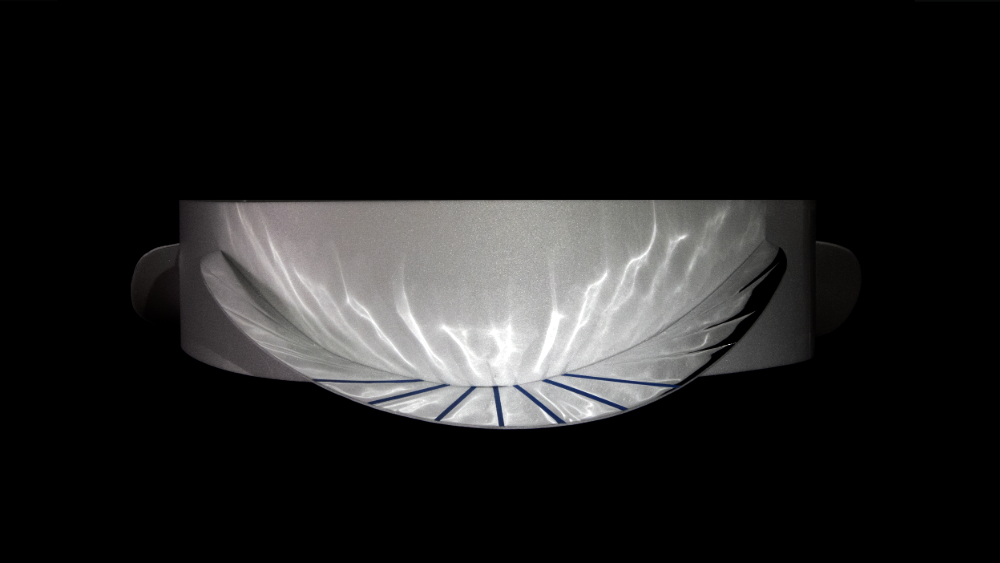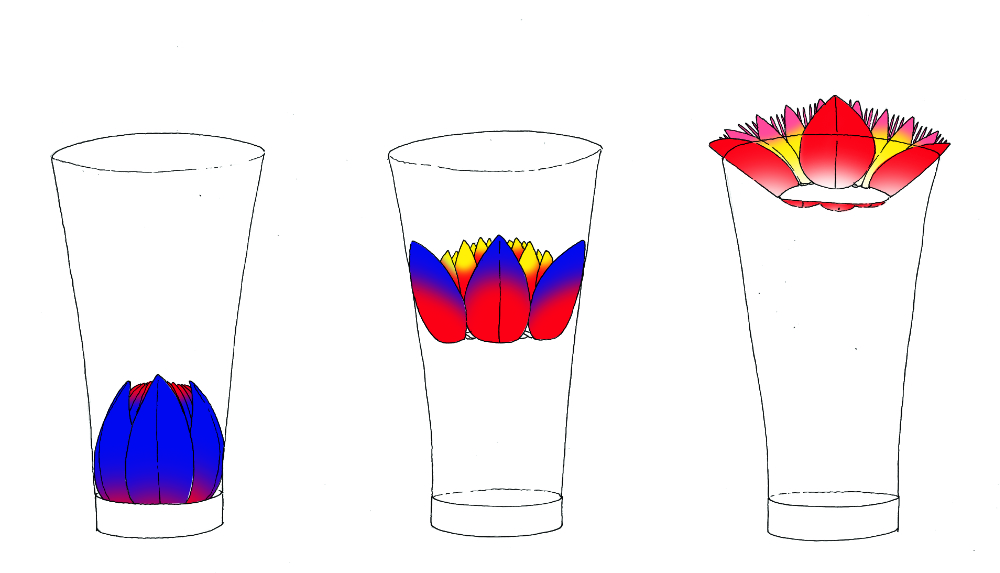
Robohub.org
The art of drone flight: Creating drone costumes
Drone costume designer Léa Pereyre showcases several of her imaginative designs and describes her experience with dreaming up new concepts for this emerging art form.
Check out more designs on their Drone Costume Design Instagram, find it here.
The video below shows clips from the Broadway show PARAMOUR, created by Cirque du Soleil. The flying lampshades soaring over the actors are real. In fact, it’s a special type of magic we do here at Verity Studios. We develop drone shows for entertainment industries.
Once we knew lampshades can fly, we asked ourselves: so what else can fly? This is how I became a drone costume designer. When I arrived, I was given a blank slate. Except for the lampshades, little work existed in this type of field. I needed to conduct research, tests, and experiments, and that meant a number of failures. But with each failure, working designs were right around the corner. In 9 months, we developed lots of costumes. I tried to explore all kinds of varying designs, while at the same time learning about drone technology and its limitations and challenges.
Below, you can find a selection of costume designs.
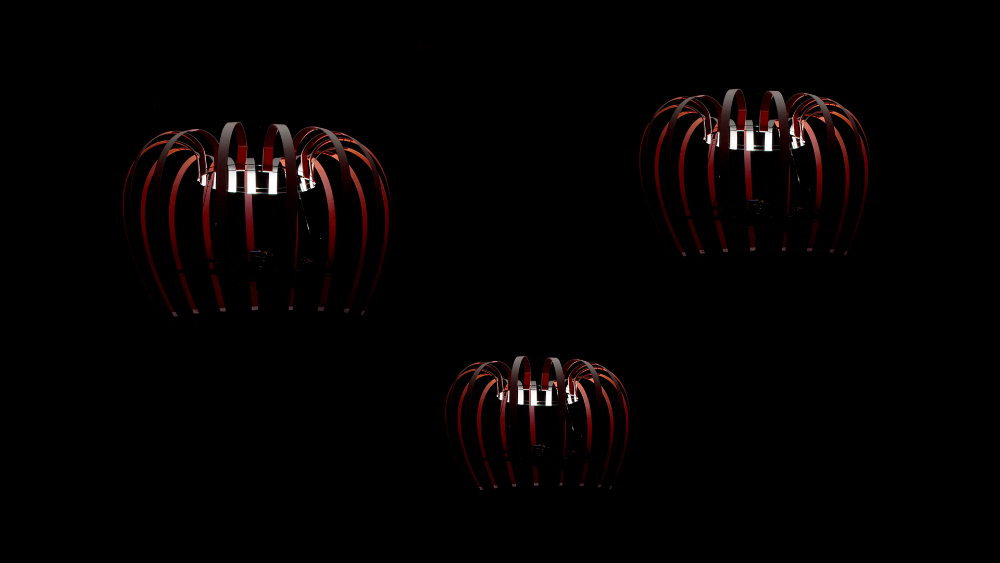
This first costume is based on a resonance effect. The quad, by flying at the right oscillations frequency, excites the costume movement, giving it a distinct personality. Resonance is often encountered in engineering but usually with negative connotations.
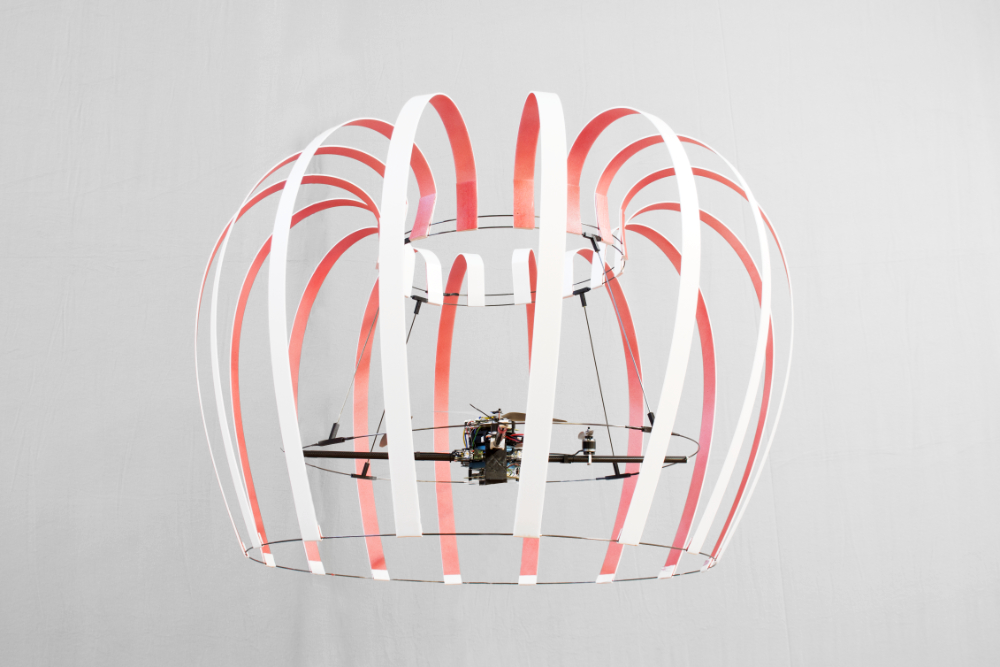
When we create a costume, we have several physical constraints. One of them is the weight. For an 80 cm quad like the one we work with, the maximum costume weight is 250gr. This one (above) is built with a very lightweight and flexible polystyrene foam fixed on a carbon structure.
Each costume is related or will be related to a choreography. So we can decide to design a costume for a specific movement we would like to play with.

This costume is very lightweight: only 150 gr. The white parts are made to catch air. That way, when the quad is flying with large up and down movements the costume reverses. They are all connected with thin carbon rods braided together, providing a nice pattern.
In the next experiment, we aimed to create playful light interaction. We thought it would be interesting, as an alternative, to make use of reflected light.

The result is a simple costume built with mirror surfaces.
And then when you project light onto it, it creates reflections on the wall and ceiling.
And also on the costume itself: it becomes the screen of random graphic effects, giving it an eerie look.
The downward draft created by the drone poses major design challenges for all of the costumes. Since it’s impossible to ignore, why not use it to actuate something on the costume itself? That way we can use it to our advantage. Looking at the GIF below, the blue surface under the quad catches air — as it’s related by wires to the costume — so it creates a “pop-up” movement.
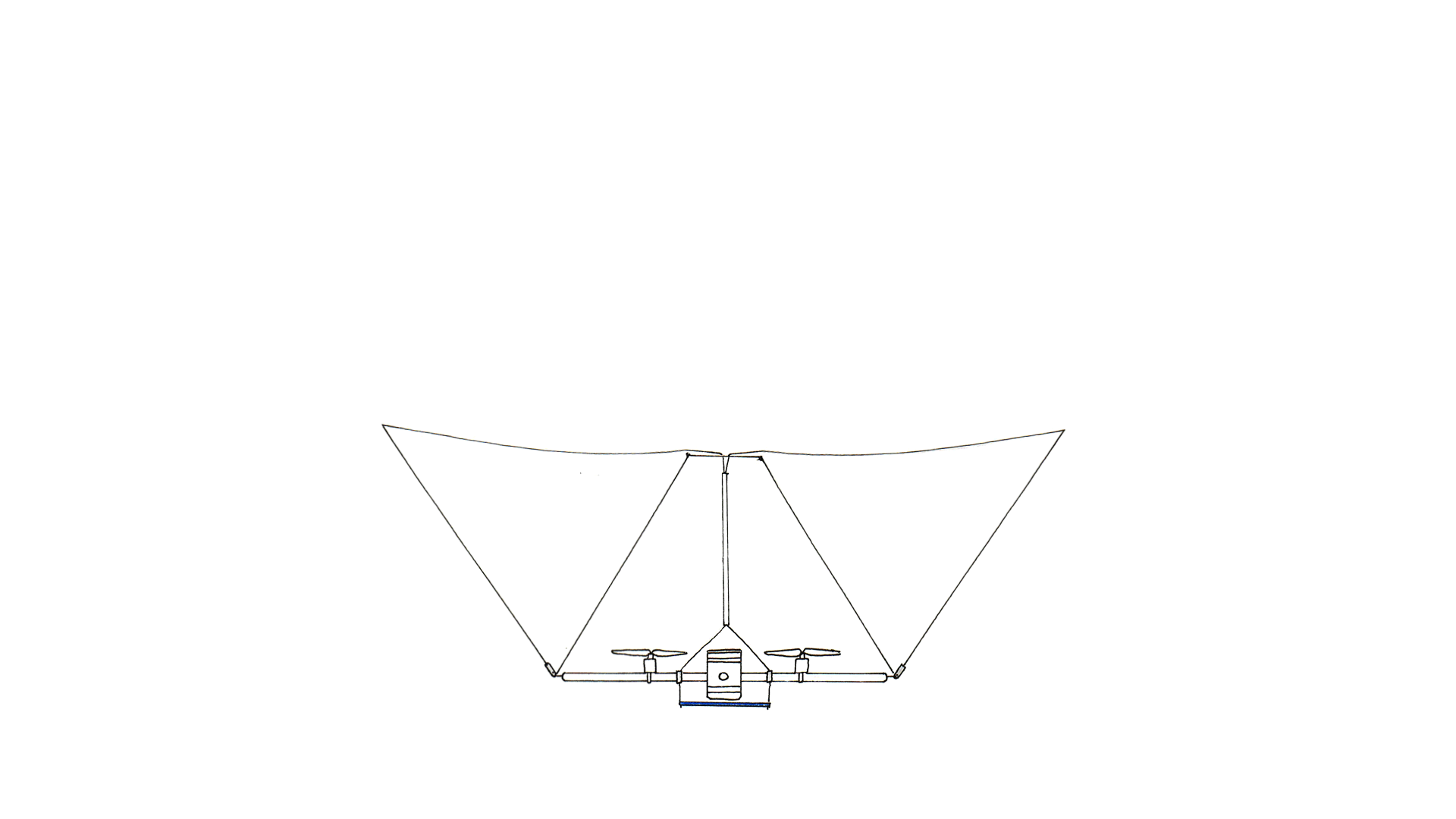
Every time the quad takes off the costume will change shape:
This costume was explored the concept “opening flowers”.
We imagined it at the Singapore airport, in baggage claim. There are giant flowers flying over people, landing on specific platforms to recharge, allowing people to observe the flowers/costumes. Each time the quads take off the costumes would blossom, like flowers.
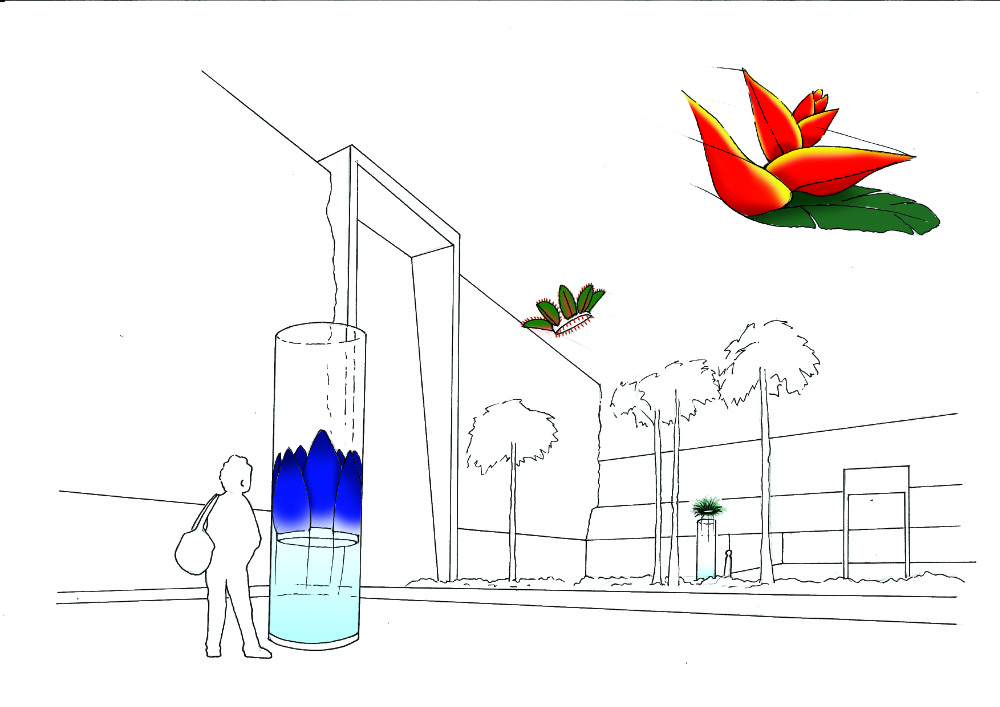
We are only scratching the surface for this art form, there is still so much terrain to explore. We look forward to continuing this research and I hope for the moment you are inspired to imagine the infinite possibilities within this area.
All images credit Verity Studios.
Check out more designs on their Drone Costume Design Instagram, find it here.
If you enjoyed this article, you may also want to read:
- Drone shows: Creative potential and best practices
- New quadrocopter video points to a future for flying machines in entertainment
- Raffaello D’Andrea at TED2016: Novel flying machines and swarms of tiny flying robots
- SPARKED wins at New York City Drone Film Festival
- Flying robots perform 100th show on Broadway, using new localization technology and algorithms
- Behind the scenes at TED Global: Raffaello D’Andrea and team demo amazing quadrotor “athletes”
See all the latest robotics news on Robohub, or sign up for our weekly newsletter.
tags: c-Arts-Entertainment, cx-Aerial, ETH Zurich, Verity Studios
